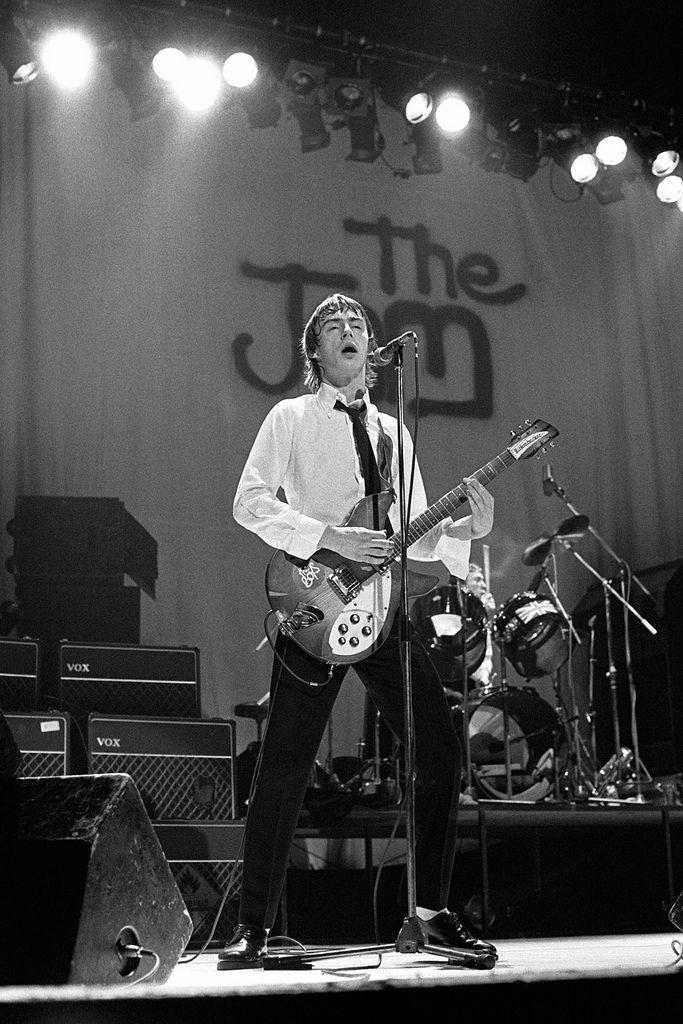Celebrate Computer Science Education Week December 8-14 with film! We're excited to recommend films about heroes of computing to get students of all genders inspired about STEM careers. For grades 4 & up.
😎 Breaking Enigma
💪 Her War, Her Story
🚀 Hidden Figures
Learn more:
#Movies #Histodons #History #ComputerScienceEducationWeek #CSEdWeek #CSEdWeek2025 #ComputerScience #StemEducation #SteamEducation #Education #Edutooters #Homeschooling






